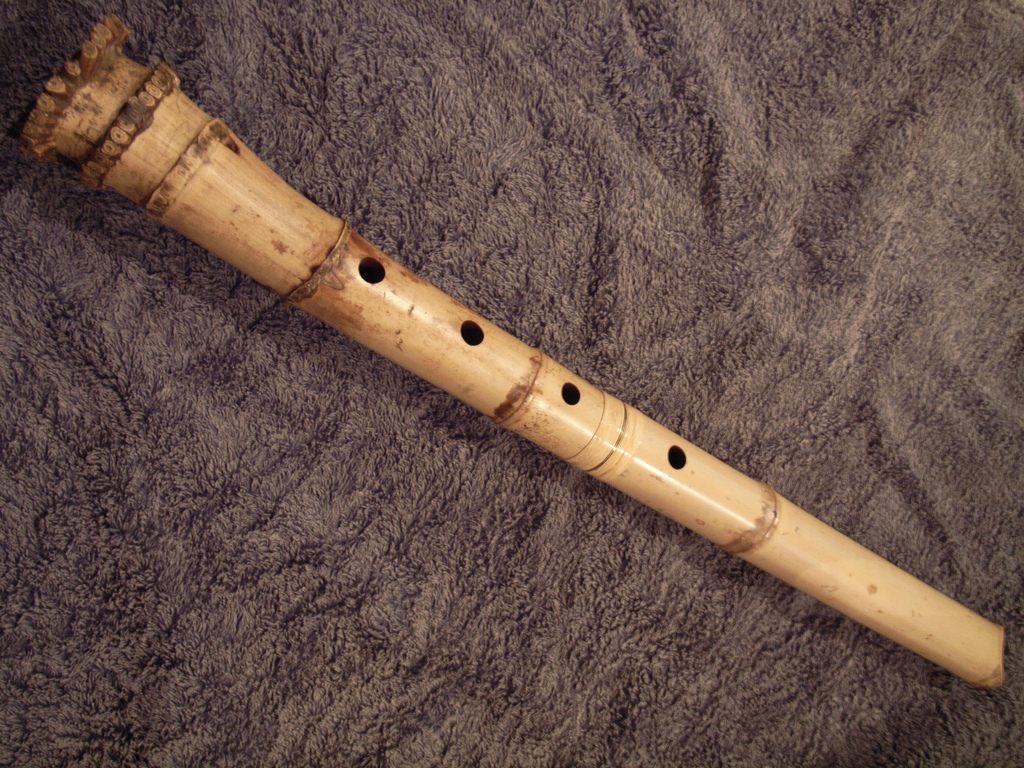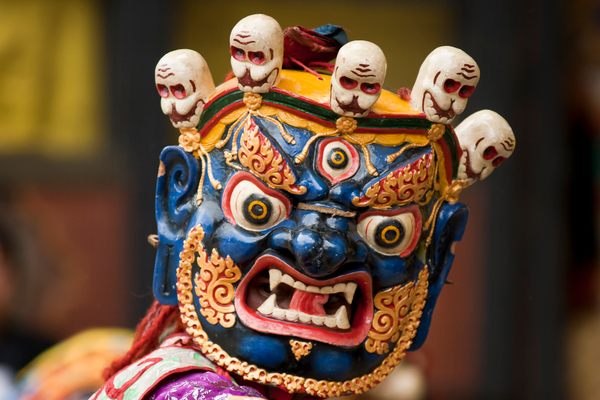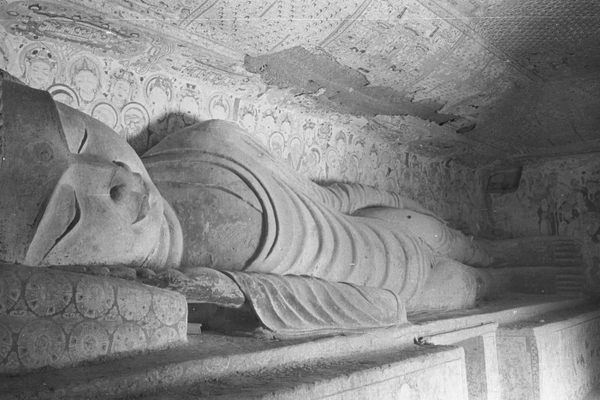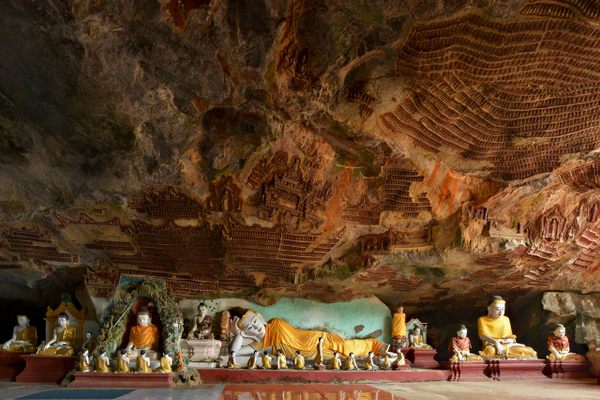The Bamboo Flutes of Japan’s ‘Monks of Emptiness’
The basket-masked komusō monks used music to meditate and created a distinctive art form.

Those familiar with Japanese history or culture might have seen some version of a komusō, or “priest of nothingness.” Instantly recognizable (and simultaneously unrecognizable) thanks to the woven baskets that they wear over their heads and the long flutes that protrude from beneath them, these Buddhist monks were unique for a number of obvious reasons. But it’s their haunting meditation melodies that may be their most enduring legacy.
The komusō, also sometimes translated as “monks of emptiness” or something similar, came to prominence around the 17th century in Japan, and formed a new class of itinerant monks, of the Fuke sect of Japanese Zen Buddhism.
They became known for their long bamboo flutes, called shakuhachi. The komusō, which only allowed in men of the samurai or ronin class, used the shakuhachi as a religious instrument, in contrast to the quietude or recited mantras that other sects used in meditation. The Fuke sect monks instead played compositions known as honkyoku to focus their minds toward enlightenment; they called it suizen, or “blowing zen.” According to the dictates of the sect, the shakuhachi was to be played only for meditation or for alms, and never with other instruments, so that listeners can focus solely on the sound of the flute. The resulting compositions are spare and haunting pieces of tonal music.

The komusō also adopted their distinctive woven wicker hat or mask, called a tengai, that looks like an overturned basket with slits for the monks to see out of. Wearing one traditionally symbolized a dismissal of ego or self, though the masks also hid the identity of the wearer. Many of the komusō were ronin, or wandering samurai, looking to start a new life with the anonymity the attire provided.
From the time they banded together as the Fuke sect in the 1700s, the komusō had been given extraordinary special privileges by the ruling powers. The shogun Tokugawa Ieyasu supposedly passed a decree in the early 17th century that allowed komusō unrestricted travel in feudal Japan, when free movement across borders was highly restricted. Although this decree was most certainly forged, it was respected and added to for years.
One addition to the decree granted the monks exclusive use of the shakuhachi, which made the flute a powerful passport and status symbol. By the early 1700s some komusō began teaching laymen to play—for a fee—which opened the door for new styles of secular shakuhachi music to emerge, and dampened the novelty of the komusō over the next century.
The anonymity and freedom provided by the tengai also meant that outlaws, spies, and thugs eventually traveled under the guise of a komusō (those long bamboo flutes doubled as great clubs). This eventually made the public suspicious of anyone wearing the woven masks, and some towns banned the traveling performers altogether.
By the time that Buddhism came under attack in Japan in the 1870s, the komusō were already on the wane. And when the Fuke sect was outlawed at this time, playing the shakuhachi became a purely secular endeavor.
Their musical tradition survives today, through reenactments and shakuhachi performances. Most of the specific original compositions that still exist survive thanks to komusō Kinko Kurosawa, who composed and collected some 36 honkyoku in the early 1700s. These compositions form the basis of a type of shakuhachi performance known as the Kinko Ryū, which epitomizes the sound of period komusō flute.
Today, there are a number of surviving shakuhachi disciplines, and the indelible image of the basket-headed komusō can be found popping in popular culture, from anime to film. But while their bizarre look is hard to forget, the influence of their signature flutes is truly worth remembering.




















Follow us on Twitter to get the latest on the world's hidden wonders.
Like us on Facebook to get the latest on the world's hidden wonders.
Follow us on Twitter Like us on Facebook